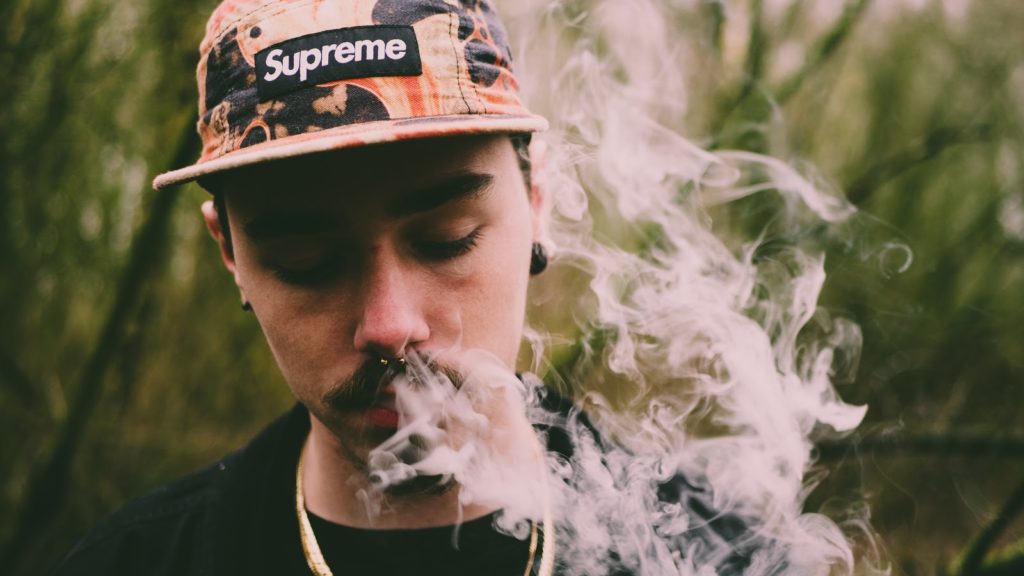Cannabis
What’s The Best Temperature for Vaping and How it influences Your Experience
If you’re currently vaporizing cannabis, then welcome! You’ve joined the legions of countless others who have chosen vaping instead of smoking as an intake method.
Vaping is easier on your lungs than smoking because it doesn’t involve combustion. But, temperature still plays a role. If you’re wondering what the right temperature setting might be for your vaporizer, you are not alone.
The best temperature for vaping is one of the most unclear topics out there, so we’re going to lay it all out for you so that no one’s left in the dark.
Vaping Temperature Chart and Ranges
So, hopefully, this doesn’t make you instantly confused, but there is no single ideal temperature for vaping cannabis.
Instead, the temperature you choose depends on the effect you are trying to achieve.
In general, higher temperatures give a more potent effect, while lower temperatures result in a more subtle effect. 3 different ranges provide 3 different experiences:
- 310 to 330°F provides a very mild experience, meaning you will likely remain highly functional
- 330 to 370°F provides a middle-range experience of slight sedation
- 370°F to 430°F provides a sedating experience which will likely involve lots of sleep

What is the Science Behind Vaporizing?
The chemical compounds in cannabis all vaporize at different temperatures. It’s important to know about what happens to cannabis’ 2 main compounds, cannabinoids and terpenes, under different temperature conditions.
The 2 main cannabinoids are THC and CBD, although there are lesser-known cannabinoids like CBG, CBN, CBC and more.
Terpene compounds give the plant its smell and flavour. Cannabinoid acids are compounds like THCA and CBDA that are precursors to THC and CBD.
A heat reaction called decarboxylation creates a structural change in the acids to convert them into active substances. So, at higher temperatures, you would get active THC and CBD.
In general, 392°F (200°C) is the threshold temperature for decarboxylation, but even higher temperatures can enhance the total cannabinoid content. It all comes down to the concentration of cannabinoids in the vapor.
At lower temperatures of 340°F, only about 25 percent of cannabinoids are released into the vapor. By comparison, at 450°F, over 75 percent of cannabinoids are released into the vapor.
Cannabinoids and What Temperature to Vape Weed
Cannabinoids are all unique and as such, they all have a unique vaporization temperature. For example, THC and CBD have a 50-degree difference in vaporization temps.
So, lots of people wonder whether CBD or THC can be isolated and maximized just by adjusting the vaporizer temperature.
Most experts agree that current vaporizer tech is not this refined to isolate at a 50-degree difference. That’s why it’s best to choose a high CBD or high THC strain depending on the effect you are trying to achieve.
What about Terpenes?
The opposite is true of terpenes. More are available at lower temperatures and fewer at higher temperatures. So, achieving the best balance between cannabinoids and terpenes comes down to choosing the ideal temperature for your experience.
Terpenes like pinene, limonene, humulene and linalool all have unique vaporization points. But in general, terpenes are released at temperatures below 400°F. Some terpenes like myrcene are known to fight stress and anxiety.
Many experts say 450°F is too hot; some cannabinoids start to burn at these high temperatures, and combustion might even occur.
Although more cannabinoids are released into the vapor at these high temps, the burning produces a harsher experience in terms of smell and flavor.
Experts generally agree that vaping should ideally be done at about 410°F to achieve the best balance.

Best Temperature to Vape Weed? Consider Lower Temperatures
Set your vaporizer to a lower temperature – generally below 355°F — to produce a less intense experience. This produces a vapor higher in terpenes but lower in cannabinoids.
Many consumers prefer it because it is much less overwhelming. Medical marijuana users, in particular, use these temperatures to intake cannabis throughout the day.
What About Vaporizers? Final Thoughts
Most vaporizer models have adjustable temperature settings so you can tailor the type of experience you want to have. And vaporizing over other methods does have its advantages.
There’s no combustion, so there’s no smoke; the devices are much more discreet. Vaporizing offers a better taste – without the toxic compounds that come with combustion.
And perhaps best of all, vaporizing offers a much more economical use of cannabis – it takes less cannabis to achieve the desired effect in vapor. More money in your wallet and less smoke in your lungs sounds pretty good!

